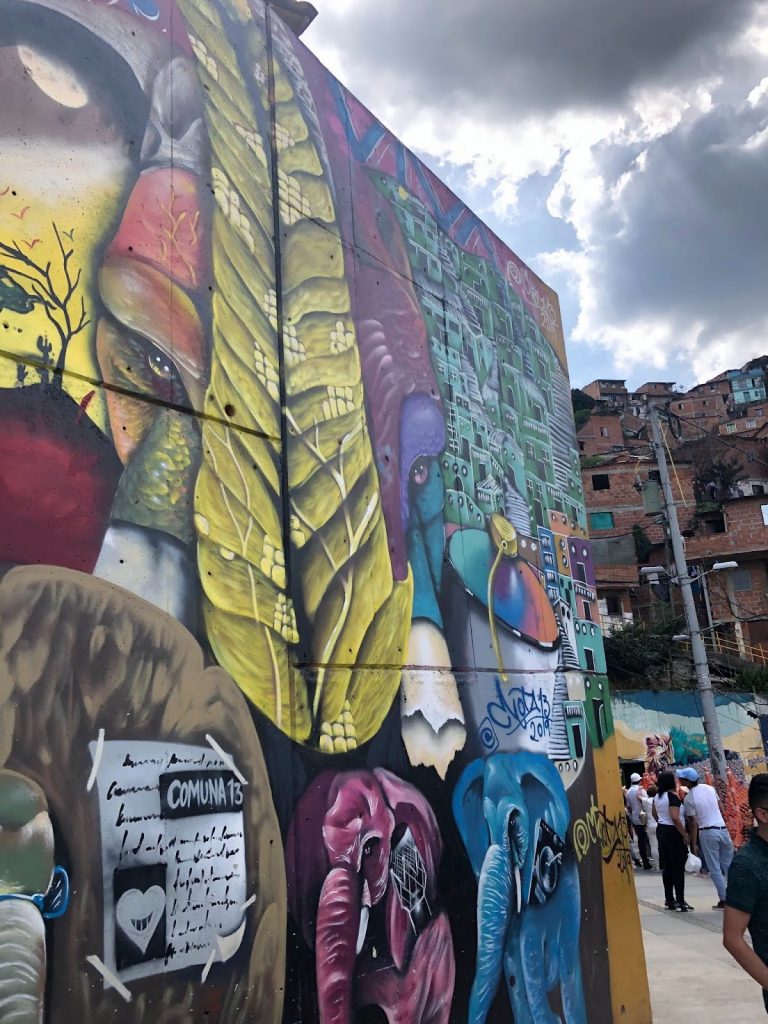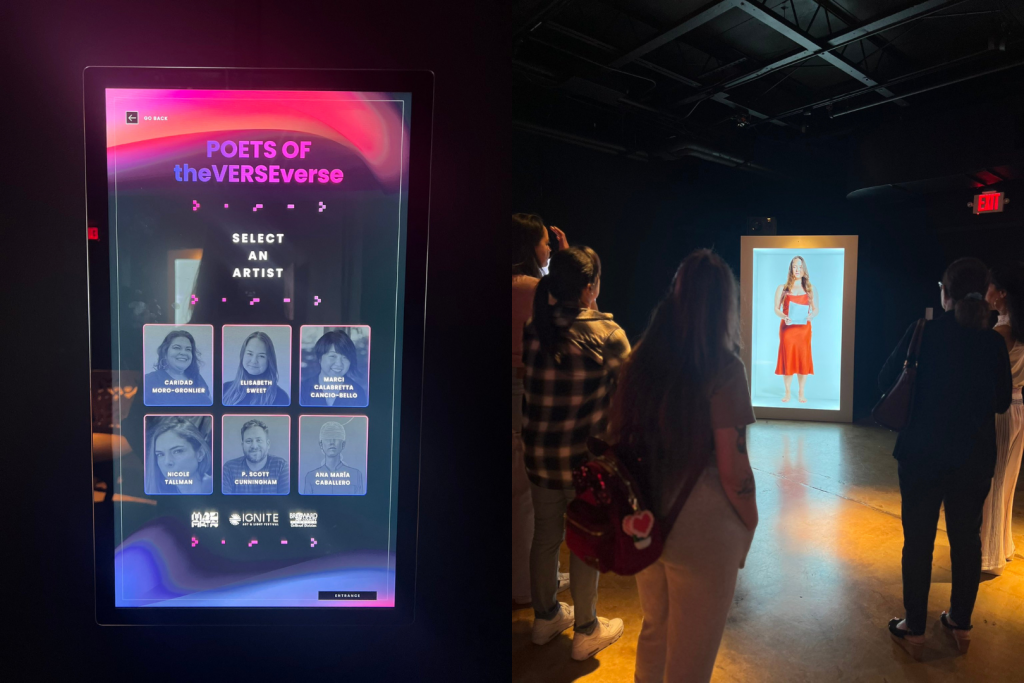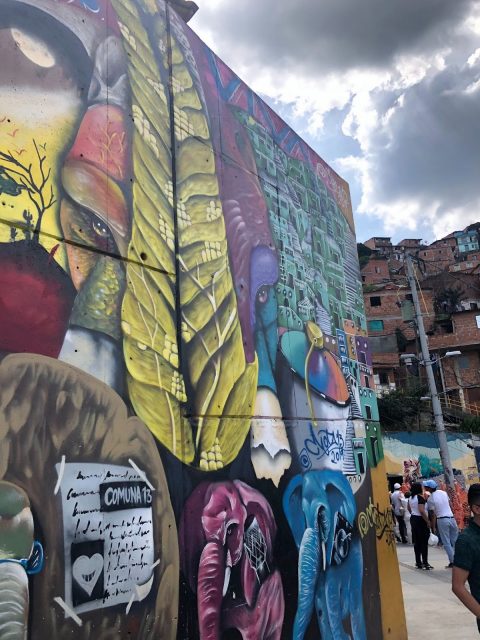“Poetry stops us and gives us something in common. I still believe that we could get poetry more into the public world.”
— Marie Howe, American poet and NY State Poet Laureate (2012-2014)
The question of whether art should be a public good is debated, with the resistance citing economic reasons. Opponents argue that resources used towards public art are better spent elsewhere, such as on education. Others opine that art means vastly different things to different people, and so its subjectivity makes it difficult for the government to evaluate whether it is an effective public good.
Like Marie Howe, I believe poetry has a rightful place in the public eye. Public art serves as a medium for educating wider audiences on social and civic concerns. One longitudinal study found arts education correlated with improved educational outcomes and civic-minded behaviors in at-risk youth, demonstrating art can play a positive role in education. If we take a more holistic approach towards “value” beyond a narrow economic lens, we will see art “adds enormous value to the cultural, aesthetic and economic vitality of a community”.
Public art has played a critical role in transforming communities with violent pasts, such as Comuna 13 in Medellín, Colombia, or acted as a platform to strengthen communities, support local artists, and attract cultural tourism such as in Montreal, Canada.

Comuna 13 Mural in Medellín, Colombia
Web3 has introduced new models of value and creative mediums for poets. By extension, poets must reimagine the ways their audiences experience poetry. Public installations represent an immense onboarding opportunity to introduce the public to NFTs and show them the creative potential of the blockchain.
theVERSEverse was proud to bring onchain poetry to the public last month as part of the IGNITE Art & Light Festival, produced by Mad Arts and The Broward County Cultural Division. The festival was free, open to all ages, and took place January 24-28th, 2024. Since 2022, IGNITE has grown from 10,000 visitors to over 30,000 in 2023. With two expansive locations in Fort Lauderdale and Dania Beach this year, the festival was able to accommodate even more people this year.
Patrons of IGNITE got to enjoy new ways of experiencing poetry. 3D holoboxes featured projections of poets Nicole Tallman, Caridad Moro-Gronlier, Marci Calabretta Cancio-Bello, P. Scott Cunningham, Elisabeth Sweet, and Ana María Caballero reciting their poetry. IGNITE also exhibited “POESÍA DE PROTESTA”, a collection featuring 10 Spanish poems written by Hispanic women. The texts all express a form of protest – political, economic, sexual, or social. Each poem has been interpreted by a visual artist, with curation by Cuban historian and art professor Gladys Garrote. This feels particularly fitting as public art in itself is a protest against underlying systems that undervalue art.
Full list of poets + artists who exhibited:
- Alexandra Lytton Regalado x Gab Floramica
- Amalia Moreno Restrepo x Genki Nishida
- Andrea Halaby x ARTJEDI1
- Caridad Moro-Gronlier x Ellie Pritts
- Fermina Ponce x Anya Asano
- Legna Rodríguez Iglesias x Tabitha Swanson
- Martha Luisa Hernández Cadenas x Iván Casís Jr.
- Mia Leonin x Tuna Bora
- Silvina López Medin x NurArt
- Ana María Caballero x Roberto Salazar

IGNITE patrons selecting a poem to listen to, then experiencing holographic poets read to them
“POESÍA DE PROTESTA” exhibited at IGNITE 2024
On Tuesday January 30, Mad Arts opened as an art museum, exhibiting much of the work from IGNITE + more. theVERSEverse has some very exciting news in the coming weeks about poetry’s place there; stay tuned for that! All in all, my hope is that events like IGNITE will “stop us and give us something in common”, sparking new attitudes towards ourselves, others in our community, and web3 through art.
—
Shannon Chen See // watchensee is a poet + web3 marketer responsible for theVERSEverse’s editorial branch.

